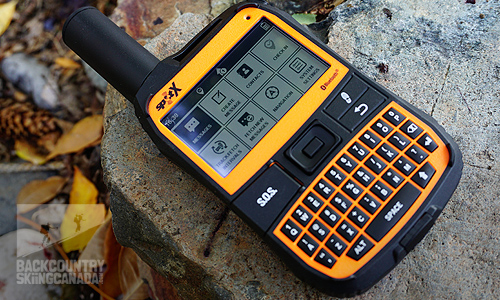Checklist for a Safe Outdoors
Listening to this Maltese talk show, or rather, to this particular guest - Pierre Farrugia, inspired me to write a list of all the advice given for a safe session of trekking, kayaking and other outdoor sports or adventures.
The key points mentioned are coupled with my experience at sea and knowledge of safety. So, without further ado, let us start with:
Health Benefits
- Walking while breathing cleaner air helps to slim down and to revitalise the body.
- Outdoor adventures refresh our mind and helps us heal psychologically.
Safety Tips
- Do your research!
- On the place to visit.
- On the specific clothing required to accomplish the activity successfully.
- On the equipment that would make this visit as pleasant and as problem-free as possible.
- Is the equipment of the right size?
- Does it fit well?
- Does it compliment your body?
- Make sure you possess the right skills.
- Fit to walk extensive routes.
- Fit to scale rocks.
- Abseiling.
- Kayaking
- Can swim.
- Do not allow peer pressure to force you to, say, jump over ledges that you are not comfortable doing.
- Keep in mind the repercussions.
- Who would be affected?
- Yourself!
- Your adventure buddies.
- Immediate and extended family.
- Place of work.
- Legal quirks.
- Always notify people of your whereabouts and intentions.
- Such as spouse, parents or the next of kin.
- If necessary, micro-manage this and send notifications:
- At the beginning of the adventure.
- Prior entry to dangerous places.
- On exiting the dangerous area(s).
- Prior executing dangerous manoeuvres.
- On completion of the dangerous manoeuvres.
- Prior departure when sailing.
- On arrival to yacht marina or berthing space.
- On completion of adventures and are, therefore, returning home.
- Giving a rough estimation of the time expected to complete the feat would be helpful in case a search-and-rescue operation should be initiated.
- In yachting, a passage plan is advantageous and should be shared with authorities and family or next of kin. It need not be extremely detailed but should at least include
- contact details
- the ports and areas that would be visited,
- contingency plans,
- alternative routes,
- refuelling stops,
- and estimated time and dates of arrival and departures.
- For camping, trekking, abseiling and the like, to consider a plan that would include
- contact details
- the places intended to visit
- the places earmarked for resting
- the camping spots
- the exact route to be followed
- alternative routes
- and estimated time taken to complete the adventure including start and finish date and time.
- Mobile phone
- Powerbank
- First Aid kit
- Small foldable knife
- Torch / Light source
- Towel
- Spare clothing
- Satellite Messenger
- Spare batteries for all electrical or electronic gadgets (besides powerbank)
- Pen & Paper
- Matches / Lighter / Firestarter
- Cooking Utensils
- Spare gas cylinders (if cooking using a gas stove)
- Tent (if camping)
- High-visibility vest
- And many more as necessitated by the chosen activity. Do your research!
Items to carry for an activity involving heights
- The items listed for the generic activity
- Harness
- Knee pads
- Helmet
- Rope (adequate to the activity and all the necessary attachments)
- And many more as necessitated by the chosen activity. Do your research!
Items to carry for an activity that could involve action in water
- Personal Floatation Device (PFD / lifejacket)
- Cap
- Rope (adequate to the activity and all the necessary attachments)
- Waterproof containers and equipment.
- Sunblock
- And many more as necessitated by the chosen activity. Do your research!
